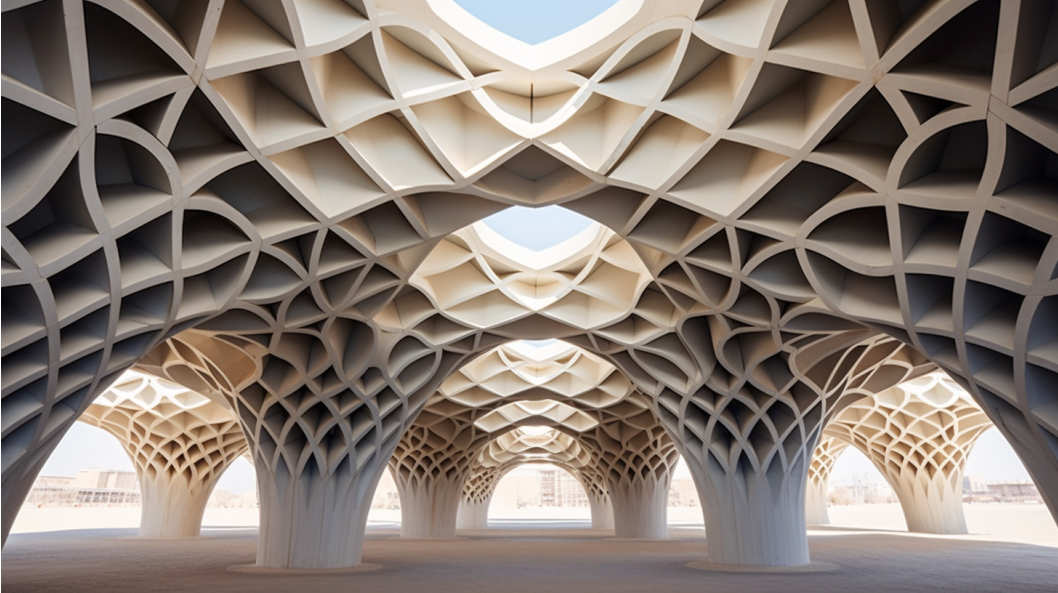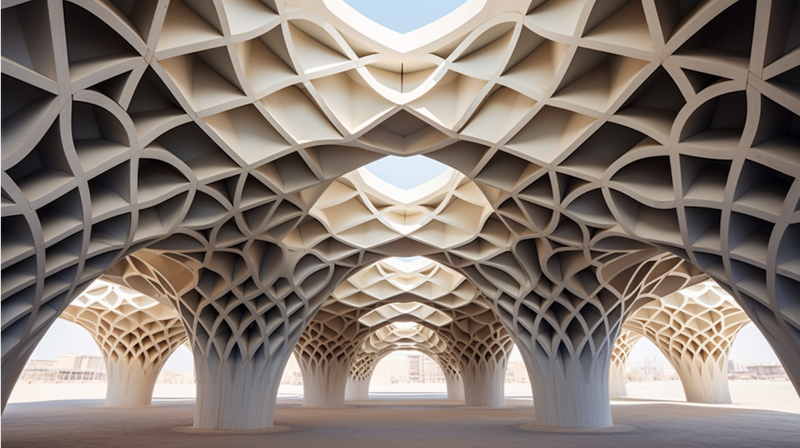Tiling Triumphs: How Complex Shapes are Making Buildings More Beautiful and Strong
In today's world of impressive city skylines and amazing buildings, tessellation and complex geometries are creating a captivating new look for structures worldwide. The intricate way geometric shapes are put together not only offers a charming visual appeal but also cleverly combines usefulness with art. This is changing how we understand space, structure, and shape. This article dives into the world of "tessellated triumphs," exploring how complex geometry is shaping a new era of amazing architectural designs.
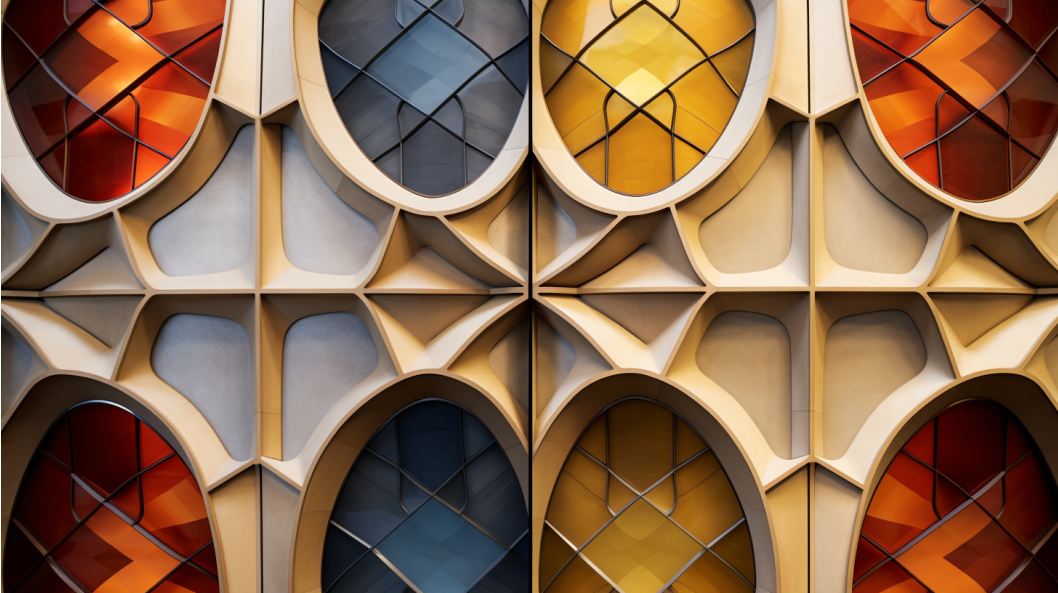
What is Tessellation?
At its core, tessellation means tiling a flat surface using one or more geometric shapes without any overlaps or gaps. The essence of tessellation in architecture isn't just about how it looks; it's also about its ability to solve practical problems related to a building's strength, how much material is used, and how space is best organized. By adapting these complex mathematical ideas into building designs, architects can create structures that are as strong as they are visually exciting.
Blending Form and Function
One of the significant successes of tessellated designs is their unmatched ability to smoothly combine form (how it looks) and function (how it works). The natural geometric patterns we see in tessellations, like the hexagonal compartments of a honeycomb, elegantly bring together strength and efficient use of material. When architects and engineers use these principles, they can create spaces that are not only strikingly beautiful but also remarkably efficient and structurally sound.
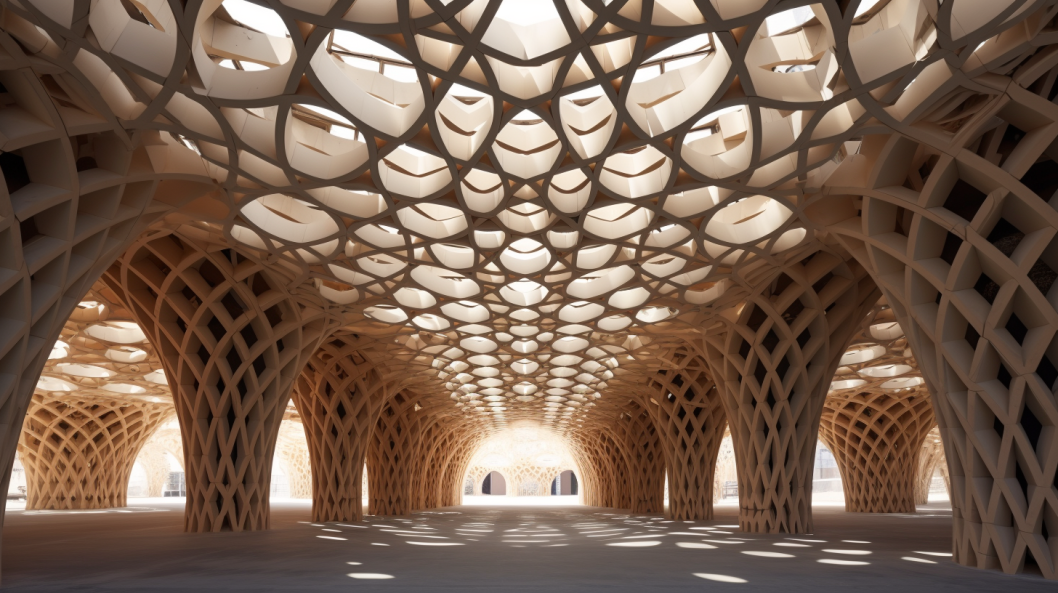
Famous Examples
Several famous structures around the globe show the beauty and practicality of tessellation and complex geometry. For instance, the Eden Project in the UK, with its hexagonal and pentagonal domes, doesn't just offer a visually stunning sight; it also makes its structure and material use very efficient. The Louvre Pyramid in Paris, France, designed by I.M. Pei, is another captivating example of using geometric patterns. It serves not only as a majestic visual centerpiece but also as a cleverly designed entrance, helping to manage large crowds within the museum.
Sustainability and Eco-Friendly Harmony
A major concern in modern architecture is sustainability. Tessellated designs, based on complex geometries, often lead to better use of materials and improved energy efficiency. Using tessellations can potentially reduce waste during construction and also allow structures to use natural energy sources more effectively. This could be through optimizing how natural light enters and improving air circulation. Thus, complex geometry can pave the way for structures that live in harmony with nature, creating a balanced relationship between buildings and the ecosystems around them.
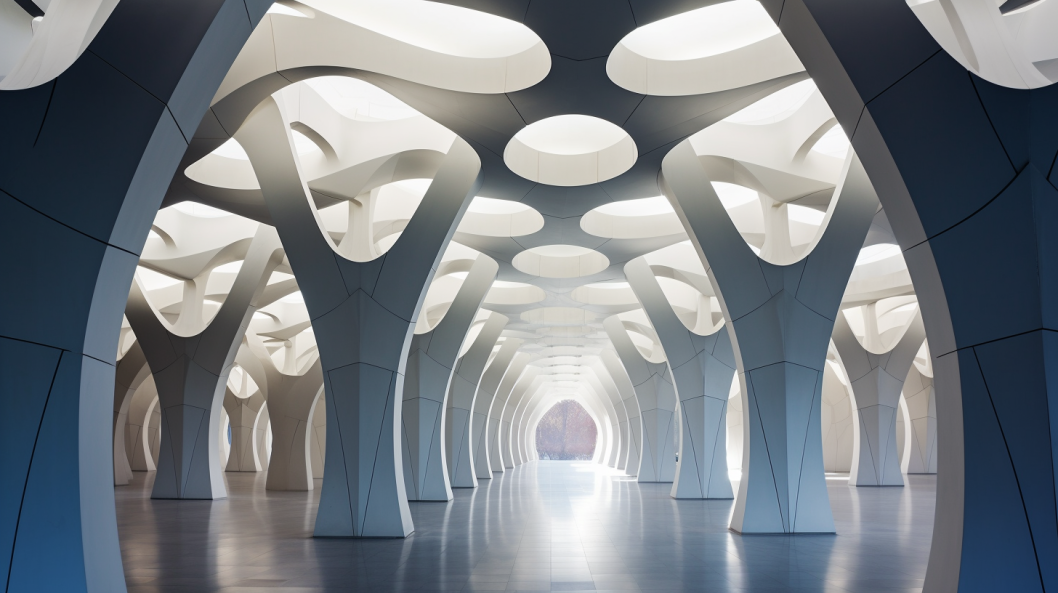
The Future of Building Beauty
As computer abilities grow and software becomes better at simulating and visualizing complex geometries, architects and designers are given increasingly sophisticated tools to experiment with and build tessellated designs. Artificial Intelligence (AI) and Machine Learning, when combined with design processes, can potentially uncover new geometric shapes that achieve an unprecedented balance between beauty, structural strength, and sustainability.
Moreover, integrating smart technologies and interactive interfaces within tessellated designs can redefine how users interact within these spaces. This creates environments that are not only visually captivating but also intuitively responsive to the needs of the people who use them.
Tessellated triumphs, as shown by complex geometry, have left a lasting mark on the global architectural landscape. They are sculpting structures that are as visually magnificent as they are practically smart. As we move into the future, the combination of technology and tessellation will undoubtedly reveal new possibilities, shaping a future where the beauty of structures is not just seen but is experienced, lived, and smoothly integrated into the environment and society.
